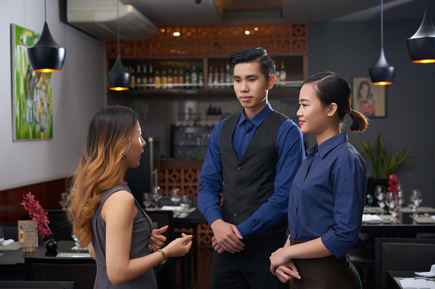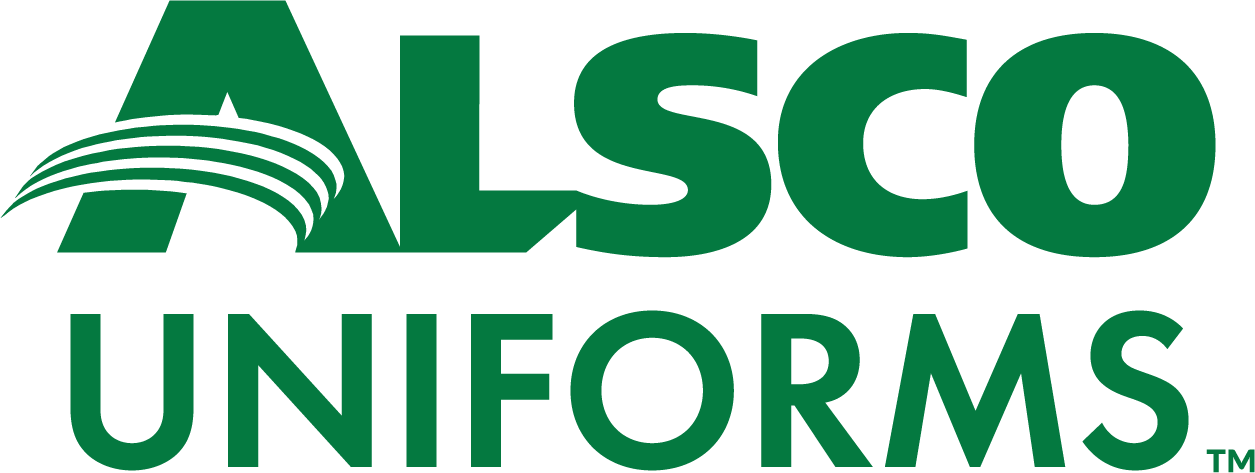
For any restaurant, your patrons’ first impression is based on how well-presented your front of the house staff are.
This creates confidence that your back of the house is hygienic and that your food is prepared to the highest standard. Dress codes are widely-used work policies that cut across different industries.
They stipulate the specific manner in which employees should present themselves while at work. More specifically their appearance and attire.
Whether your chefs are gurus in the running for a Michelin Star or newcomers to the game, you need to have a dress code in place to which everyone adheres.
Given that you’re in charge, it’s your responsibility to ensure your hosts and servers leave a wonderful first impression with your customers.
For the back of the house, you need to see to it that employees comply with safety and sanitation regulations.
Developing a dress code policy can seem a bit daunting, but by following the below procedures, you’ll find it manageable if not easy.
Consider engaging a Managed Uniform Rental Service to ensure staff are presentable without having to invest too much time and money in the process.
Set Rules for Personal Presentation
The first step in developing a dress code is laying ground rules on the appropriate way in which staff members should present themselves.
1. Keep Fingernails Short and Clean
Any employee handling food should have their nails cut, and clean their hands and fingernails thoroughly before they start their shift. None of your staff should have artificial nails.

2. Use Gloves Appropriately
Every time food is being handled, disposable gloves should be used. Ensure that these are available in multiple sizes to accommodate each staff member.
If your restaurant has multi-use gloves instead, they must be washed, rinsed, and sanitised between uses. As soon as they get torn or dirty, they must be disposed of.
If an employee has sores, cuts, abrasions, burns, or bandages, they must wear gloves.
3. Use Hair Restraints
Take extra precaution when it comes to exposed food and drink. Employees should have their hair covered with restraints such as hairnets and chef hats.
Staff who are not directly involved in preparing meals, such as hosts and hostesses, staff waiting tables and employees serving only beverages or packaged foods, are not required to wear hair restraints.
4. Don’t Allow Jewellery
It’s best to take off any rings, bracelets, watches, and any other jewellery or ornament while working.
Depending on the circumstances, medical bracelets may be allowed in cases where it’s necessary.
While the rule of thumb is to not allow jewellery in working spaces, your restaurant may choose to make an exception.
For outer clothing such as your restaurant’s branded T-shirts, let your staff know that they should be clean.
Make it standard procedure for all staff to change out of street clothing into their work uniform immediately upon checking in to work.
Provide secure storage facilities, such as individual lockers where employees can leave their personal belongings during working hours.
For hygiene purposes, have a schedule that allows for chef uniforms and aprons to be picked up and laundered regularly.
With a managed uniform rental service, all dirty workwear can be picked up and clean replacements brought in simultaneously so there are never any shortages.
Laundry services should provide the complete package, taking that concern off your shoulders so you can focus on other aspects of your restaurant operations.
Implementing Your Dress Code
Once you’re clear on the grooming and appearance of employees, you need to formalise your restaurant’s dress code. This process has two simple steps.
1. Write the Dress Code Down
Every detail you discuss with employees must be made official.
Do this by putting the dress code, appropriate appearance, and attitude guidelines in writing.
Once you have clear disciplinary procedures, and all of the above are agreed upon, put this information in a handbook.
Have this in both physical print and digital format. This way, you can easily share the dress code with staff as the need arises.
For instance, having a handbook comes in handy during the process of orientation for new staff.
To enhance the implementation process, you could ask your employees to sign an agreement form as a way of ensuring they’re committed.
You can also provide a checklist in common areas, such as staff washrooms.
2. Provide Uniforms for Your Employees
Keeping in mind that the dress code you choose reflects on your restaurant, choose uniforms that appeal to your brand and are suitable for the needs of staff members. And use a reputable uniform supplier like Alsco to help you meet these needs.
Your workwear requirements, such as aprons and chef uniforms, are not only met, but you also get value for your money thanks to a comprehensive package that includes a sophisticated barcode system to track all your uniforms, regular maintenance and free replacements.
If your restaurant is more casual, why not make this a collaborative effort? Meet your staff halfway by issuing an apron, a branded polo or t-shirt, and a nametag, and then allow employees to wear comfortable pants and shoes.
You can display both your restaurant’s unique identity as well as your workers’ individual style preferences.
This can increase job satisfaction and improve service delivery to customers.
Enforcing the Dress Code
While you know why a dress code is important, don’t assume your employees know exactly what it means to you.
For it to be effective, the enforcement of your dress code must be combined with a briefing on its value to the restaurant.
1. Explain the Significance of the Dress Code
Let your staff know that their appearance and attitude directly affects patrons’ opinions about your restaurant.
Remember, the dress code shouldn’t discriminate against any member of your team based on race, colour, religious views, gender, or nationality.
2. Let the Dress Code Reflect Your Brand
Let your brand identity directly influence your choice of employees’ uniforms.
Adaptability, capacity and willingness to cater to your needs are what sets managed uniform rental services such as Alsco apart.
With a variety of styles available at Alsco, even restaurants with very specific needs are bound to find something suitable.
3. Factor in Employee Safety
Ensure safety is factored into your provisions. For instance, shoes should be non-slippery to prevent accidents.
Stay aware of any changes to laws relating to dress code and adapt your restaurant’s policy so it complies.
4. Verify Violations Before Taking Action
You may notice an employee hasn’t adhered to the dress code provisions.
Similarly, you may come across reports of violations from others.
Either way, take it up with your staff member/s away from their colleagues to safeguard them from shame.
Try to establish if there was a reason, or set of reasons that brought this about.
If it’s the first incident of it’s kind involving these employees, allow them to change and get to work. Be sure to take action based on the provisions of the agreed dress code.
However, if the reasons were beyond their control, such as uniforms sent out for cleaning not being returned in time, it’s time to consider a provider that will issue a clean uniform for each one they pick up for laundry.
Alsco, for example, provides a comprehensive Managed Uniform Rental Service for as little as $1 a day.
Given the importance of a dress code policy, make it effective by involving your employees, making revisions as required and having a trusted and reliable uniform supplier that meets all your needs.
Photo: freepik
Image from: Pexels by Rene Asmussen
